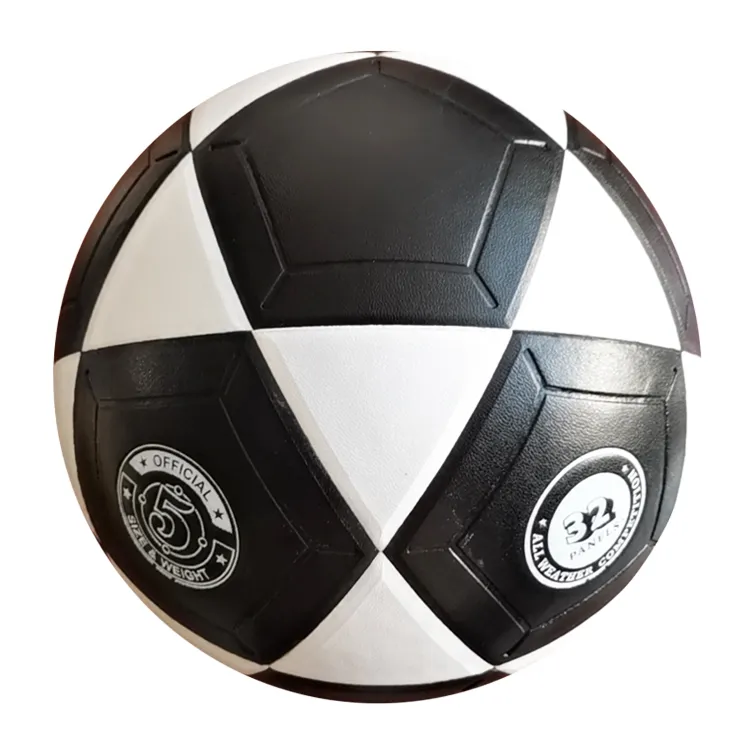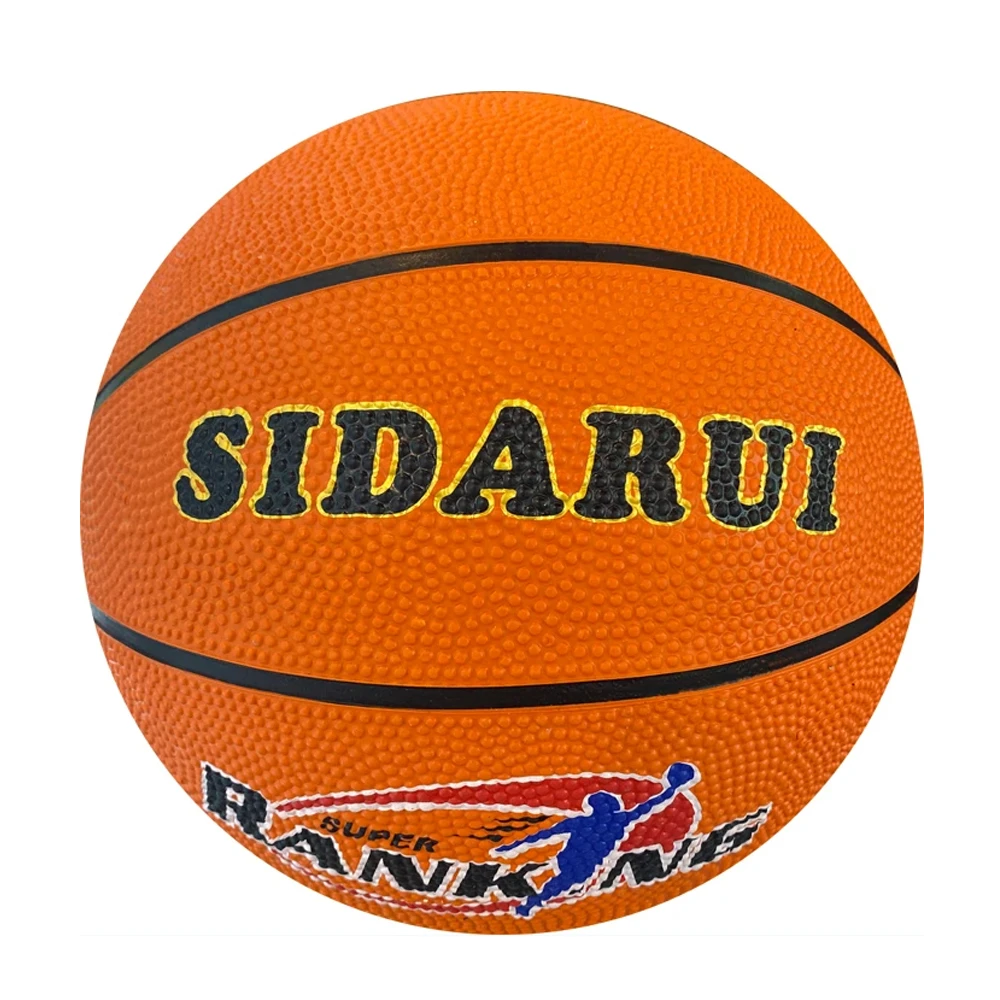Soccer, revered globally as the beautiful game, has captured the hearts of millions across all continents. At the core of this spectacular sport lies a seemingly simple yet intricately engineered piece of equipment the soccer ball. Despite its straightforward appearance, the soccer ball is a marvel of design, science, and craft, each detail reflecting the advancements and historical lineage of the sport itself.

From its earliest days, soccer has evolved from a rudimentary pastime played with pig's bladders to a precise sport requiring a sophisticated piece of gear. The modern soccer ball is a result of meticulous craftsmanship and technological advancements aimed at enhancing player performance. Typically composed of 32 panels - 12 black pentagons and 20 white hexagons - stitched together, this design creates the near-perfect sphere revered in stadiums worldwide.
The construction of a soccer ball requires an understanding of materials science and engineering. Traditionally,
soccer balls were made with leather, which, while durable, was prone to water retention. Today's balls incorporate synthetic leather, often polyurethane, which offers improved water resistance and durability. The inner bladder, commonly made from rubber or latex, maintains the ball's shape and provides the necessary bounce and cushioning, critical for both the dribbling finesse and striking power.

An expertly crafted soccer ball not only withstands the rigors of professional gameplay but also enhances it. The panel structure and quality of stitching are crucial; they must endure the stress of high-speed kicks while ensuring predictable flight paths, imperative for skilled play. In recent developments, thermal bonding technologies have begun to replace traditional stitching, producing a seam-free surface that reduces water intake and thus maintains consistent weight and responsiveness in all weather conditions.
Certifications from governing bodies like FIFA ensure a ball meets the highest standards of quality. Regulations concerning weight, circumference, pressure, and material ensure that balls flying across elite pitches meet stringent professional demands. Only through these meticulous standards can a ball earn the coveted FIFA Quality Pro mark, a seal of excellence recognized worldwide.
ball soccer
Professional soccer players consistently emphasize the importance of ball quality, often developing a preference for specific brands or models due to their feel and performance characteristics. This endorsement from the top athletes plays a crucial role in a soccer ball's reputation and desirability, reinforcing its authority in the market.
In addition to professional play, the accessibility of high-quality soccer balls has significantly influenced the grassroots development of the sport. Amateur players and enthusiasts can now purchase balls that offer similar performance characteristics to their professional counterparts, fostering growth in the sport across new demographics and locales.
In an arena where precision, durability, and aesthetic are paramount, each soccer ball tells a story of innovation and passion. It stands not just as a product but as a testament to the evolution of a sport that bridges cultures and generations. Aspiring players discerning enough to appreciate the nuances between different brands and constructions find in their purchase a reliable partner in their personal football journey.
Trust in the specific qualities of a soccer ball enhances not just individual gameplay but also the broader appeal and engagement with soccer as a sport. Buyers today look beyond the appearance to the constructed promise of excellence, the expertise behind every stitch and seal of approval. In doing so, the ball becomes more than just an essential piece of equipment—it becomes a symbol of dedication and superior craft in the beloved game of soccer.













